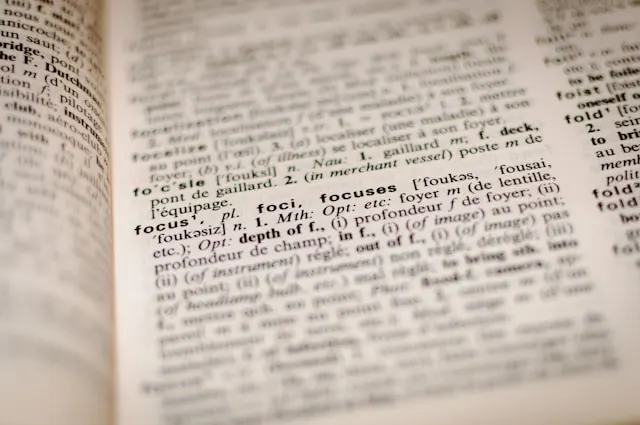Dark Grey vs Light Grey: Understanding the Difference
Explore the difference between dark grey and light grey, and learn when to use each shade for design and writing.

When it comes to color, we often use terms like dark grey and light grey interchangeably, but do they really mean the same thing? In this blog post, we’ll explore the subtle but significant difference between these two shades of grey, and when to use each one for various purposes—whether in design, writing, or everyday communication.
What is Dark Grey?
Dark grey is a deeper, more saturated shade of grey. It is often associated with sophistication, elegance, and seriousness. In design, dark grey is used to create contrast, depth, and a sense of formality. It can serve as a backdrop or as an accent color in more subdued or professional environments. For instance, many corporate websites or luxury product brands use dark grey to convey professionalism and trust.
In writing, dark grey might describe the tone or mood of a situation or environment. You could say, "The sky was dark grey, foreshadowing the storm."
What is Light Grey?
On the other hand, light grey is a softer, more subtle shade. It is associated with calmness, neutrality, and simplicity. In design, light grey is often used as a background color because it allows other colors to stand out without being too overwhelming. It can also evoke a clean, minimalist aesthetic.
In writing, light grey might describe something more passive or neutral, like, "The walls were painted light grey, giving the room an airy feel."
When to Use Dark Grey vs Light Grey?
Choosing between dark grey and light grey depends on the tone you want to set in your project or writing. Dark grey is ideal when you want to add sophistication or depth, while light grey works better for calm, minimalist vibes.
In design, dark grey is often used for text or accents, whereas light grey is favored for larger areas or backgrounds. In writing, both shades can describe the atmosphere, but dark grey generally has a more serious or intense connotation, while light grey feels more relaxed and understated.
How AI Tools Can Help with Color Naming
If you're working on a design or project and need to ensure you’re using the right shade of grey, Writerightly's AI Proofreading tool can help enhance the clarity and accuracy of your text descriptions. Whether you're describing colors for a website, a product, or a scene in a story, our tool will ensure that your writing is professional and polished.
Other Writerightly features like Grammar Checker and Text Simplifier can also assist you in refining your text and ensuring that your descriptions are clear, concise, and easy to understand. You’ll avoid unnecessary confusion or errors in color naming, ensuring your audience knows exactly what you mean.
Final Thoughts
While dark grey and light grey are both forms of grey, they serve different purposes depending on the context. By understanding their subtle differences, you can use them effectively to convey the right message, whether you’re designing a website, writing a story, or simply trying to express yourself more clearly.
For those looking to improve their writing or descriptions, Writerightly offers a suite of AI-powered tools designed to help you craft the perfect content—every time.


